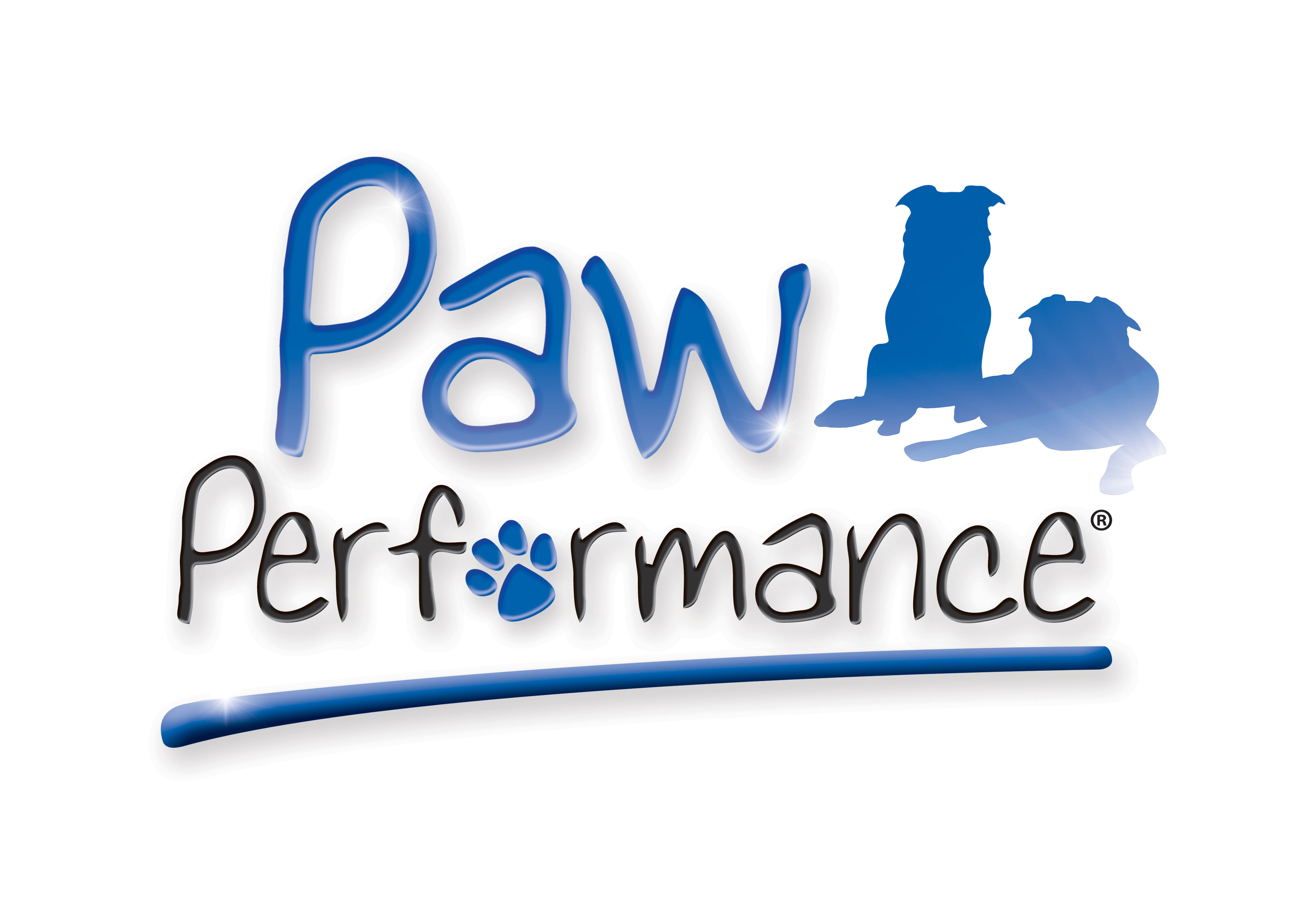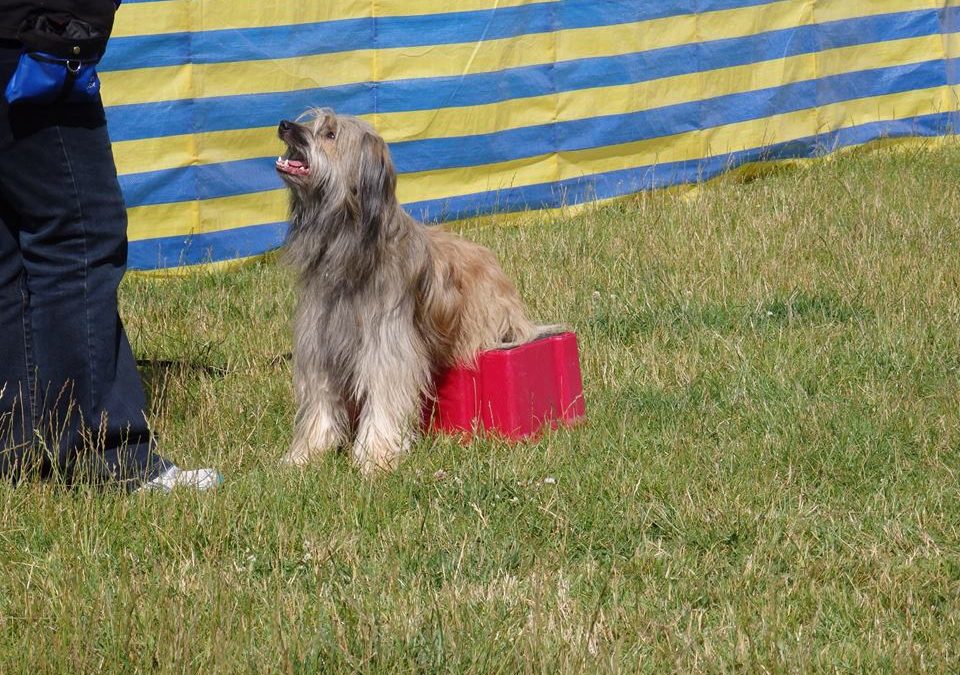I had the opportunity to work with a group today where we discussed capturing a behaviour the dog naturally does and then getting it on to a cue. So later you can ask the dog to do the behaviour when you want them to do it. I thought it would be useful to share the steps to capturing behaviour such as dipping his head and then getting it on a verbal cue.
What is Capturing?
Capturing is a process of marking and reinforcing a specific behaviour the dog does naturally. This means it is captured without the use of a prompt such as luring with a food treat or body movement such as a hand target.
Capturing can also be used get rid of an undesirable behaviour such as excessive barking. Which is done by capturing the dog being quiet and putting it on a cue such as the word “Quiet”.
You can capture the natural behaviours dogs do everyday such as sit, wait, down, come and watch. This is achieved by watching for the behaviour, marking it (in this case with a clicker) then rewarding or reinforcing it.
Naming The Behaviour
What is a cue
A cue is a way to ask the dog to do a specific behaviour at a specific moment in time. Some common ones we use are “sit”, “down” and ‘come’.
Types of cues
A cue is anything the dog can perceive. There are several types, however, the ones we will cover today are those we are most familiar with:
Verbal – A word or sound such as the whistle
Visual – A body movement such as a raised arm or an object
When choosing a cue you need to consider:
- What your cue will be. A word or body movement.
- Is it something the dog will be able to perceive
- Is it distinct from anything else you use to get your dog to do a behaviour. For example when using a word it needs to sound different from any other words the dog knows.
- Is it easy to transfer into other environments
When to add the cue
Once the dog has learned the behaviour and is reliably offering the behaviour we will then add a cue. This is to ensure when we do add the cue it is meaningful to the dog and doesn’t distract the dog from focusing on what is making the click happen.
There will be a point in the training that the dog realises what is making the click happen and its then you can start adding the cue. A better way is to track the number of click treats (C/T’s) per minute to measure your rate of reinforcement. A good rule of thumb for knowing when to add a cue is when the rate of reinforcing or rewarding is about 10 -15 C/T’s per minute or higher.
How to capture a head dip
Let’s look at the steps for capturing a natural movement that dogs offer which in this case is dipping their head.
Prepare For Your Training Session (Prior to bringing the dog into the training area)
- Run through the items required for capturing behaviour. Such as treats, clicker and a stop watch to time your sessions.
- Make sure there are no or minimal distractions in the training area.
- Decide on what verbal cue you are going to use such as ‘Dip’
- Location of training session
- Behaviour you are reinforcing
- The cue you have chosen
- In this instance we are assuming the dog is comfortable with the clicker, however, if you are unsure prior to capturing this behaviour do a session to test how comfortable and responsive the dog would be to noise
- Prepared high value treats from your dogs. You need to able get to them easily and deliver them to your dog’s mouth quickly to keep the rate of reinforcement high.
Capturing The behaviour
Step 1 – Set a timer for 3 minutes
Step 2 – Capturing the head dip
- Set up the rewards and set the timer for 3 minutes.
- Ask the staff to count and log how many clicks and treats (C/T) were given during the 3-minute session.
- Bring the dog into the training area and let him see you have a clicker and treats
- Start the timer (at the end of 3 minutes make sure the alarm doesn’t sound to ensure it doesn’t become a cue for the dog)
- Watch the dog’s head. The instant there is any head movement towards the ground not matter how small, click and reward.
- Repeat 3 times
Step 3 – Review progress
- At the end of the 3 x 3 minutes sessions put the dog out of the training area with a toy or something so they don’t feel it’s a punishment
- What was the rate of reinforcement for each session and what was noticeable about the behaviour?
Step 4 – Repeat step 4 again for another 3 sessions
How To Add The Cue (a word for the purpose of this demonstration)
Step 1 – Choose the word you will use for this behaviour. For the purpose of this demo we will use the words ‘Like it’
Step 2 – Set the timer for the session. This will be a 1-minute session.
Step 3 – Mark or click the behaviour. Just before the behaviour starts give the cue ‘Like It’. Mark or click the behaviour as it is just starting then reinforce or reward the dog.
Step 4 – Once the dog finishes eating give the cue ‘Like it’ again. Then repeat steps 2 and 3 again
Step 5 – Repeat the whole sequence again 2 more times. I Suggest completing only 3 sessions of 1 minute in one training period
Step 6 – Get the dog to notice the cue. After several successful repetitions of the steps above when the dog finishes eating a treat, pause for a second and if the animal offers the behaviour do nothing.
Step 7 – Getting the behaviour on cue. As soon as the dog stops or backs away give the cue “like it”. Click and treat this behaviour even if it is weaker than they have done before.
Step 8 – Strengthening the word or cueAfter each treat, pause briefly then cue or ask for the behaviour and click the dog’s response to the word and treat. This way the dog will learn to wait for the word or cue.
Once Step 8 is achieved it’s the start of the dog understand what the word means. It is important that from this point they only click and treat the behaviour when it is asked for.
The next stage is to begin generalising the behaviour in different places, with the dog in different positions if appropriate and the handler in different positions. For example if the handler was sitting down when training the behaviour they can then ask for it while standing.
The behaviour is ‘on cue’ when in this case the word produces the behaviour when we ask for it each time.
Written by Kim Lyddon

